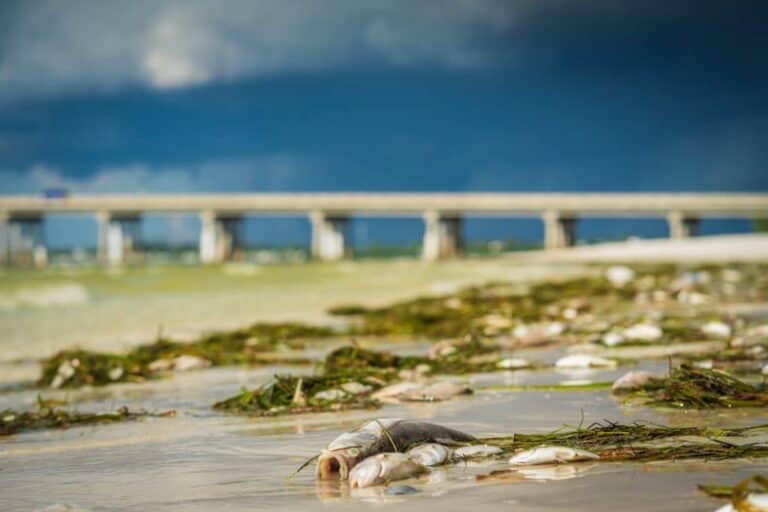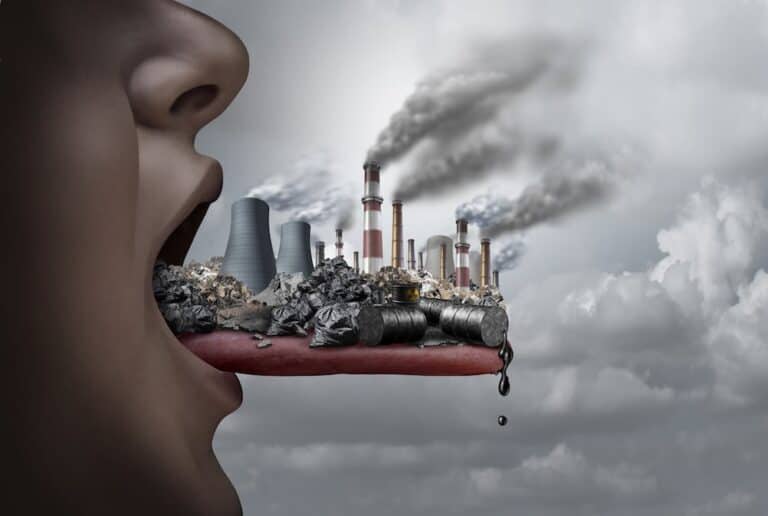Have you ever paused to consider the contaminants that you’re exposed to each and every day? The simple fact is, we live in an increasingly toxic world. Twenty-four hours a day, seven days a week, 365 days a year, we’re exposed to high levels of environmental toxins. These come in the form of biotoxins (such as mold toxins); toxins from bacterial, fungal, and viral infections; toxic chemicals such as pesticides; heavy metals; air pollution (smog); and dust and other irritants. Harmful chemicals can also be found in food, beverages, clothing, cleaning products, home construction materials and furnishings, and electronics and electronic emissions. When the toxins in our bodies exceed the body’s innate ability to detox, we are at an increased risk of developing one or more of the following environmentally acquired illnesses (EAIs): Allergies Alzheimer’s, Parkinson’s, and other neurodegenerative diseases Asthma Autistic spectrum disorders Autoimmune diseases Cancer Chronic inflammatory response […]
Environmental Toxins
Most residents along Florida’s Gulf Coast are well aware of the phenomenon known as red tide. Just recently, the Florida Fish and Wildlife Conservation Commission reported that the red tide organism — Karenia brevis — was measured at bloom concentrations in southwest Florida. And in early October, it was recorded at background levels in northwest Florida. Red tide blooms are not an uncommon sight for those of us who reside in Tampa. Such blooms occurred over the course of 14 months in 2017-2018 and were apparent in 17 months in 2005-2006. A severe bloom that occurred in 2012-2013 killed hundreds of manatees and scores of other marine life. Significant blooms also occurred in 2015-2016 and 2016-2017, with smaller blooms in other years. And it’s not a recent phenomenon. Written descriptions of red tide events in the Gulf of Mexico reach back to the era of Spanish exploration in the New
If you follow the news, you’re probably aware of the controversy over whether glyphosate, the active ingredient in Roundup Weed & Grass Killer and many other herbicides, poses a significant threat to human health. Nobody argues the fact that humans are exposed to this chemical. It is the most commonly used herbicide on the market. It is commonly and frequently used to control weeds in crops and forests, on lawns and gardens, in industrial areas, and even in lakes and ponds to control unwanted aquatic plants. As a result, it is often dispersed in the air, where it may be inhaled, and it finds its way to our drinking water and food products, where it is ingested. Also, there is general agreement that glyphosate causes acute toxicity at certain concentrations. Disagreements arise, however, over whether and to what degree exposure to low concentrations of glyphosate, such as those common in
We hear a lot these days about the environment — most of it focuses on the long-term rise in the average temperature of the Earth’s climate system. Seemingly lost among the talk (and debate — over the causes of global warming) is one simple fact that’s hard to ignore. Unless you live in a bubble, you are being bombarded by toxins and infectious agents that could result in you contracting an environmentally acquired illness. Environmentally acquired illness (EAI) is characterized by any of a number of illnesses or syndromes (symptom clusters) caused by exposure to toxic molds and other biotoxins; toxic chemicals such as heavy metals and pesticides; and persistent infections, such as Lyme disease. Environmental toxins are in foods and beverages, furniture, carpets, clothing, cleaning products, cosmetics, personal hygiene products, medications, and the air around us. In addition, you can acquire serious and persistent infections from insect bites and
If you visit our functional medicine office in Tampa and we determine you might have a health issue related to exposure to mold, we believe a physical checkup of your residence and/or workplace is every bit as important as the medical checkup and treatment you sought through us in the first place. The World Health Organization (WHO) recently issued a report claiming 50 percent of all buildings in the United States are water damaged. And here in Tampa, we believe that percentage to be much higher. We also believe that finding a professional to conduct a home or office mold inspection should be taken as seriously as it was for you to discover that BioDesign Wellness Center had the expertise and track record to help you regain your health through the proper treatment of mold-related disorders. Unfortunately, we have seen too many patients ignore our advice about a home or
In the first part of this two-part series, “Living with Mold in Tampa: Part 1 — Recognizing the Warning Signs,” we highlighted the symptoms of mold illness and the signs that your home might be contaminated with toxic mold. We also described the four mold toxins that are the biggest concerns: Ochratoxins, Aflatoxins, Trichothecenes, and Gliotoxin. As we mentioned in that post, much of today’s awareness and understanding of mold illness is thanks to the work of Dr. Richie Shoemaker. Until Dr. Shoemaker began publishing on the topic of mold illness, many people suffering as a result of toxic mold remained undiagnosed or misdiagnosed. They were provided with no effective or lasting treatment. Through Dr. Shoemaker’s work, thousands of people have found answers and relief (but many continue to suffer because the majority of doctors are still ill-informed). In Part 2 of this series, we present the three-step diagnostic and




